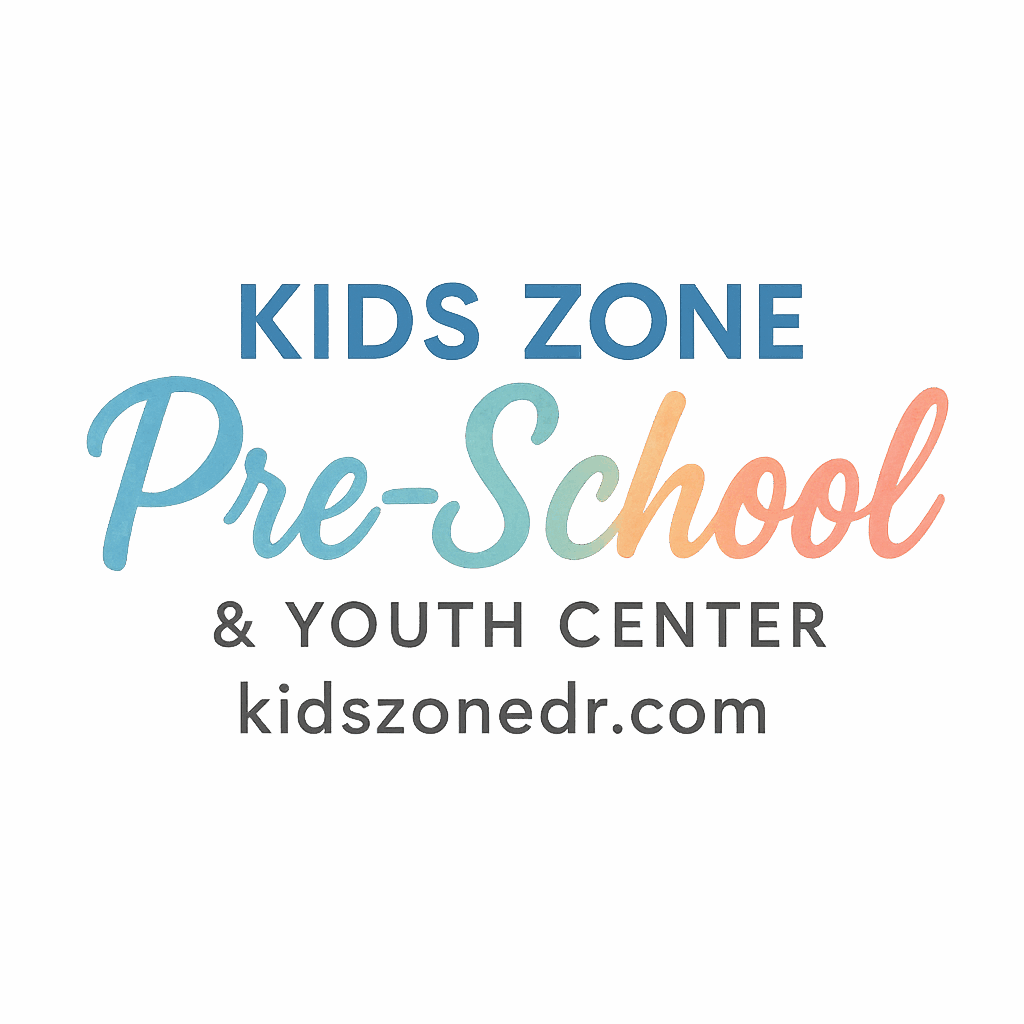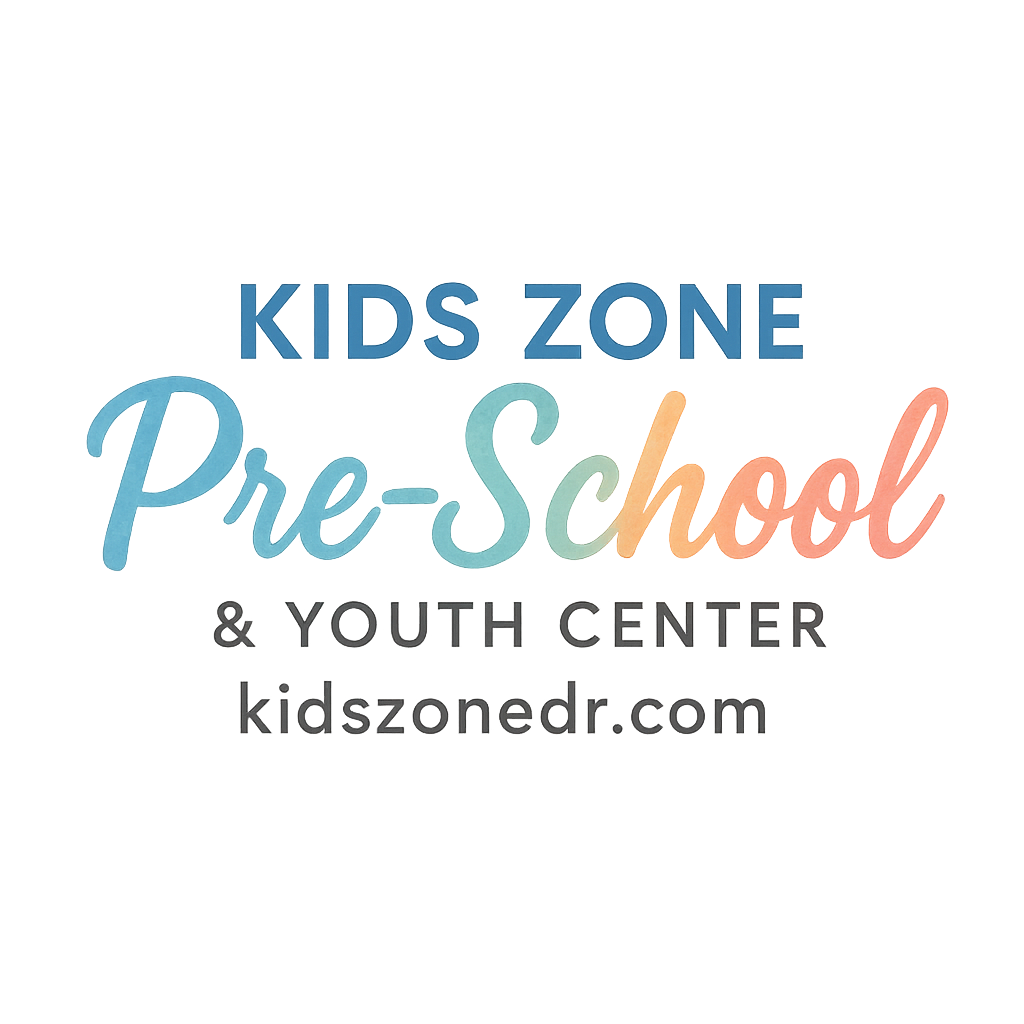Introduction: Why Gross Motor Activities Matter
Have you ever noticed how kids just can’t sit still for too long? That constant running, jumping, and spinning isn’t just about burning energy—it’s their way of learning and growing. Gross motor activities for kids play a huge role in early childhood development. From boosting muscle strength to helping kids build confidence, these activities are much more than just playtime.
Whether you’re a preschool teacher, a parent, or running a youth center, knowing the right activities can transform restless energy into fun, structured learning experiences.
Understanding Gross Motor Skills
Before diving into the activities, let’s quickly break down what gross motor skills are and why they’re so important.
Difference Between Gross Motor and Fine Motor Skills
- Gross motor skills involve large muscle groups—think walking, running, balancing, climbing, or throwing.
- Fine motor skills use smaller muscles for tasks like writing, buttoning shirts, or stacking blocks.
In simple terms, if fine motor is about finger work, gross motor is about the whole body in motion.
Developmental Milestones Linked to Gross Motor Activities
Gross motor development kicks in early. Crawling, standing, and walking are all part of it. As kids grow, structured activities help refine balance, coordination, and strength. These milestones set the stage for sports, school readiness, and lifelong health.
For more insights on early childhood development, check out Preschool Learning Development.
Benefits of Gross Motor Activities for Kids
Why prioritize gross motor play? Because the benefits go way beyond the playground.
Physical Growth and Strength
Running, jumping, and climbing build strong bones and muscles, which support healthy growth.
Social and Emotional Development
Group activities teach kids how to take turns, share space, and cooperate with others—crucial skills for lifelong friendships.
Confidence and Independence
Mastering new movements gives children a sense of accomplishment. You’ll notice their self-esteem rise with each new challenge. (Explore more on confidence-building activities).
Academic Readiness
Believe it or not, motor skills affect classroom learning. Balance and posture help kids sit longer, focus better, and even improve handwriting later on.
10 Engaging Gross Motor Activities for Kids
Here’s where the fun begins! These activities are easy to set up at preschools, youth centers, or even at home.
1. Obstacle Course Adventure
How to Set It Up
Use cones, pillows, tunnels, or even cardboard boxes to create paths for kids to crawl, jump, and weave through.
Skills Kids Develop
Balance, problem-solving, agility, and resilience—all packed into one exciting challenge.
2. Animal Walk Races
Fun Variations
Kids love pretending to be animals—crab walks, frog jumps, bear crawls, and more. You can race or create a story-based jungle adventure.
Why Kids Love It
It feels like play, not exercise, while secretly strengthening core muscles.
3. Balloon Volleyball
Simple Indoor Setup
Hang a string between two chairs, use balloons instead of balls, and let the fun begin.
Benefits Beyond Motor Skills
Enhances hand-eye coordination, teamwork, and even teaches patience during play.

4. Parachute Play
Games You Can Try
- Popcorn (tossing balls on the parachute)
- Wave making
- Running under the parachute on signal
Teamwork and Cooperation
Parachute games encourage group participation and communication, making it a favorite in youth centers.
5. Hopscotch Variations
Learning Numbers Through Play
Instead of just numbers, add colors, shapes, or even letters to each hop.
Balance and Coordination Boost
Jumping and hopping help strengthen legs while improving spatial awareness.
6. Dance and Freeze
Why Music Helps Movement
Music engages both the brain and body, making it a natural motivator for kids to move.
Great for Classrooms and Youth Centers
Perfect for transitions between lessons or as a quick energy release.
7. Beanbag Toss Challenges
Target Practice for Fun
Use baskets, hula hoops, or chalk-drawn circles as targets.
Enhances Focus and Motor Skills
This activity sharpens throwing accuracy while strengthening arms and shoulders.
8. Relay Races with a Twist
Creative Relay Ideas
- Carrying water cups without spilling
- Balancing a beanbag on the head
- Passing a baton (or stuffed animal)
Promotes Group Engagement
Kids cheer each other on, building community and teamwork.
9. Jump Rope Fun
Solo and Group Games
Kids can practice skipping alone or join long-rope group challenges.
Building Stamina and Rhythm
Jumping rope develops endurance and rhythm, while also improving timing.
10. Nature Scavenger Hunt
How to Organize Outdoors
Create a list of items like rocks, leaves, or flowers. Kids run, bend, and climb while collecting treasures.
Physical + Cognitive Learning
Combines movement with critical thinking—perfect for blending fun and education.
Tips for Teachers and Parents
Gross motor activities don’t have to be complicated. Here’s how to maximize the benefits.
Creating a Safe Environment
Always ensure floors are clear, equipment is safe, and activities are age-appropriate. See more on health & safety in preschool.
Encouraging Daily Routines
Building gross motor play into daily schedules helps kids develop healthy habits.
Combining Gross Motor with Learning
Mix movement with learning by adding numbers, letters, or colors into activities like hopscotch or scavenger hunts.
How Youth Centers and Preschools Can Support Motor Development
Structured play is essential, especially in educational settings.
Importance of Structured Play
Unlike free play, structured gross motor activities provide clear goals and skill-building opportunities.
Role of Educators and Caregivers
Teachers guide kids through challenges, encourage participation, and celebrate small wins. For guidance on effective teaching, explore parental involvement in preschool.
Partnering with Parents
Strong partnerships between schools and families ensure kids get consistent support. Parents can mirror these activities at home, reinforcing learning.
Conclusion
At the end of the day, gross motor activities for kids aren’t just about fun—they’re essential for physical, social, and cognitive growth. Whether it’s an obstacle course in preschool, a balloon game in a youth center, or a scavenger hunt at the park, these activities shape children’s overall development.
So, the next time you see kids jumping, running, or crawling like frogs, remember—they’re building more than just strong muscles. They’re building the foundation for a healthy, confident, and well-rounded future.
FAQs
1. What are gross motor activities for kids?
They’re physical activities that use large muscle groups, like running, jumping, climbing, or dancing.
2. How do gross motor skills help in academics?
Good posture and coordination help kids focus better in class, improve handwriting, and stay engaged in lessons.
3. What’s the best age to start gross motor activities?
As early as toddlerhood! Even crawling and walking are part of gross motor development.
4. Can gross motor activities be done indoors?
Absolutely—balloon volleyball, beanbag toss, and freeze dance are great indoor options.
5. How often should kids practice gross motor play?
Experts recommend at least 60 minutes of physical activity daily, split between structured and free play.
6. What role do teachers and parents play in motor skill development?
They create safe environments, guide activities, and provide encouragement to keep kids motivated.
7. Are gross motor skills linked to confidence?
Yes! Every new skill mastered gives children a confidence boost, helping them feel capable and independent.


